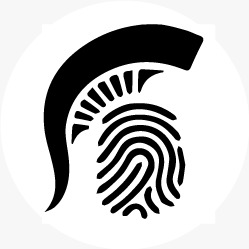Latent Fingerprint Recognition: Role of Texture Template
We propose a texture template approach, consisting of a set of virtual minutiae, to improve the overall latent fingerprint recognition accuracy. To compensate for the lack of sufficient number of minutiae in poor quality latent prints, we generate a set of virtual minutiae. However, due to a large number of these regularly placed virtual minutiae, texture based template matching has a large computational requirement compared to matching true minutiae templates. To improve both the accuracy and efficiency of the texture template matching, we investigate: i) both original and enhanced fingerprint patches for training convolutional neural networks (ConvNets) to improve the distinctiveness of descriptors associated with each virtual minutiae, ii) smaller patches around virtual minutiae and a fast ConvNet architecture to speed up descriptor extraction, iii) reduce the descriptor length, iv) a modified hierarchical graph matching strategy to improve the matching speed, and v) extraction of multiple texture templates to boost the performance. Experiments on NIST SD27 latent database show that the above strategies can improve the matching speed from 11 ms (24 threads) per comparison (between a latent and a reference print) to only 7.7 ms (single thread) per comparison while improving the rank-1 accuracy by 8.9% against 10K gallery.
PDF Abstract

